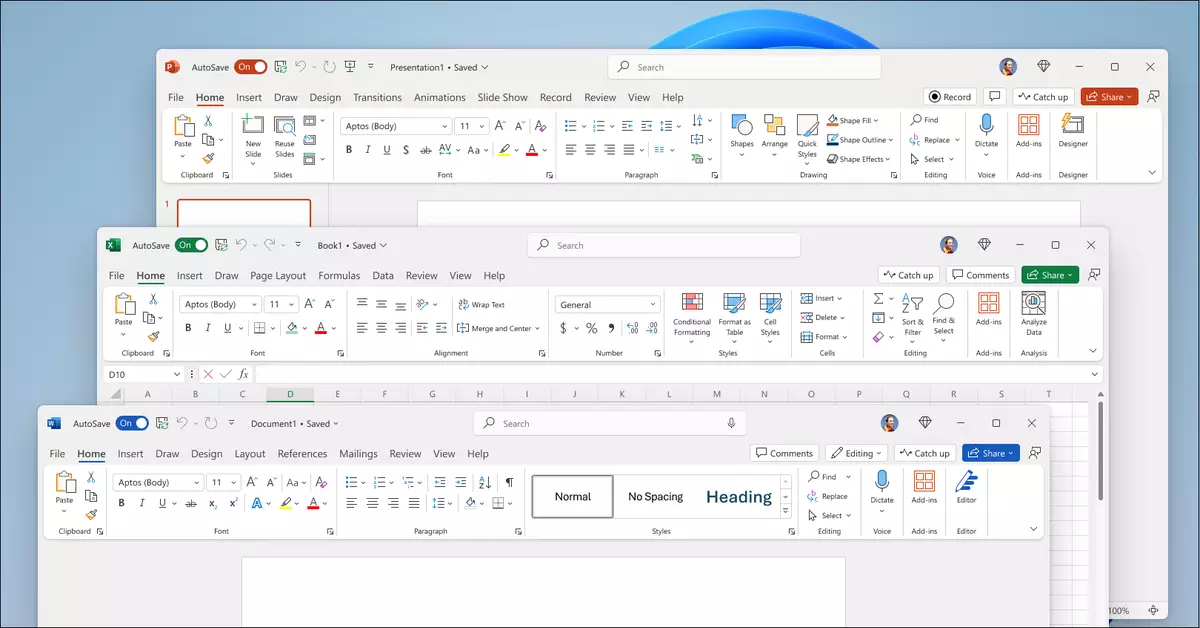In a world dominated by subscription services, Microsoft has made a notable return to offering standalone software with the release of Microsoft Office 2024. This version is aimed at users who prefer owning their software outright rather than subscribing to Microsoft 365, catering primarily to individuals and small businesses. In this article, I will delve into the new features, improvements, and overall utility of Office 2024, while also examining its potential appeal in the current technology landscape.
The introduction of Office 2024 serves as a compelling option for users disenchanted by subscription models. While Microsoft 365 continues to offer various cloud-based services and continuous updates, the new standalone version seems to cater to a substantial demographic that favors one-time purchases. This group often consists of users who may not require the frequent updates associated with cloud services or individuals who simply wish to reduce their monthly expenses related to technology.
Microsoft has incorporated a range of updates that previously rolled out to Microsoft 365 subscribers into this latest version. The core applications—Word, Excel, PowerPoint, OneNote, and Outlook—now carry several enhancements that focus not just on functionality but also on user accessibility.
Excel users will appreciate the introduction of new functions, including a valuable IMAGE function that enables direct integration of online images. Additionally, improvements in Dynamic Arrays provide users with flexibility in how they manage and visualize data. Notably, Microsoft highlights speed and stability improvements, reflecting a dedicated effort to enhance user experience.
PowerPoint, often seen as the standard tool for presentations, gains a modern twist with the addition of the “Cameo” feature. This allows users to insert live camera feeds directly into their presentations, adding a dynamic layer to traditional slide shows. Enhanced recording capabilities that support narration, animations, and transitions further facilitate a richer presentation experience.
Outlook, the email powerhouse, has also received a much-needed revamp. Enhanced search functionalities ensure users can quickly locate messages or attachments, streamlining productivity. Additional options for meeting management add convenience, such as the ability to shorten meetings automatically—a clever feature that could help improve time efficiency during busy workdays.
In line with contemporary design sensibilities, Office 2024 adopts Microsoft’s Fluent Design principles, resulting in a fresh aesthetic that aligns with Windows 11’s visual updates. However, beyond mere appearance, the focus on accessibility is commendable. This edition includes enhancements to help users identify potential accessibility issues in documents, thus broadening inclusivity for users with diverse needs.
The ability to like and react to comments in Word and PowerPoint fosters a more interactive collaboration experience. Additionally, the recovery feature in Word that restores documents after unexpected interruptions demonstrates a proactive approach to user concerns, as losing valuable work can be frustrating.
Office 2024 is compatible with both Windows 10 and 11, as well as the three latest versions of macOS, ensuring a wide range of usability. However, it’s worth noting that an internet connection is necessary for installation and activation—this may disappoint some users who prefer a completely offline experience, even if just temporarily.
The pricing structure positions Office 2024 as an affordable choice for many consumers. The Office Home 2024 edition is available for $149.99, while the Office Home and Business version, which includes Outlook and commercial use rights, is priced at $249.99. This approach ensures that users can select a package that aligns with their specific needs and financial considerations.
The launch of Microsoft Office 2024 marks a significant moment in software offerings, recognizing the diverse preferences of users in an evolving technological landscape. Balancing between traditional ownership and subscription models, Microsoft seems poised to appeal to a demographic that values stability and self-reliance in their software use. As businesses and individuals continue to navigate the complexities of modern work, Office 2024 stands as a testament to Microsoft’s commitment to versatility and user-centric development.

